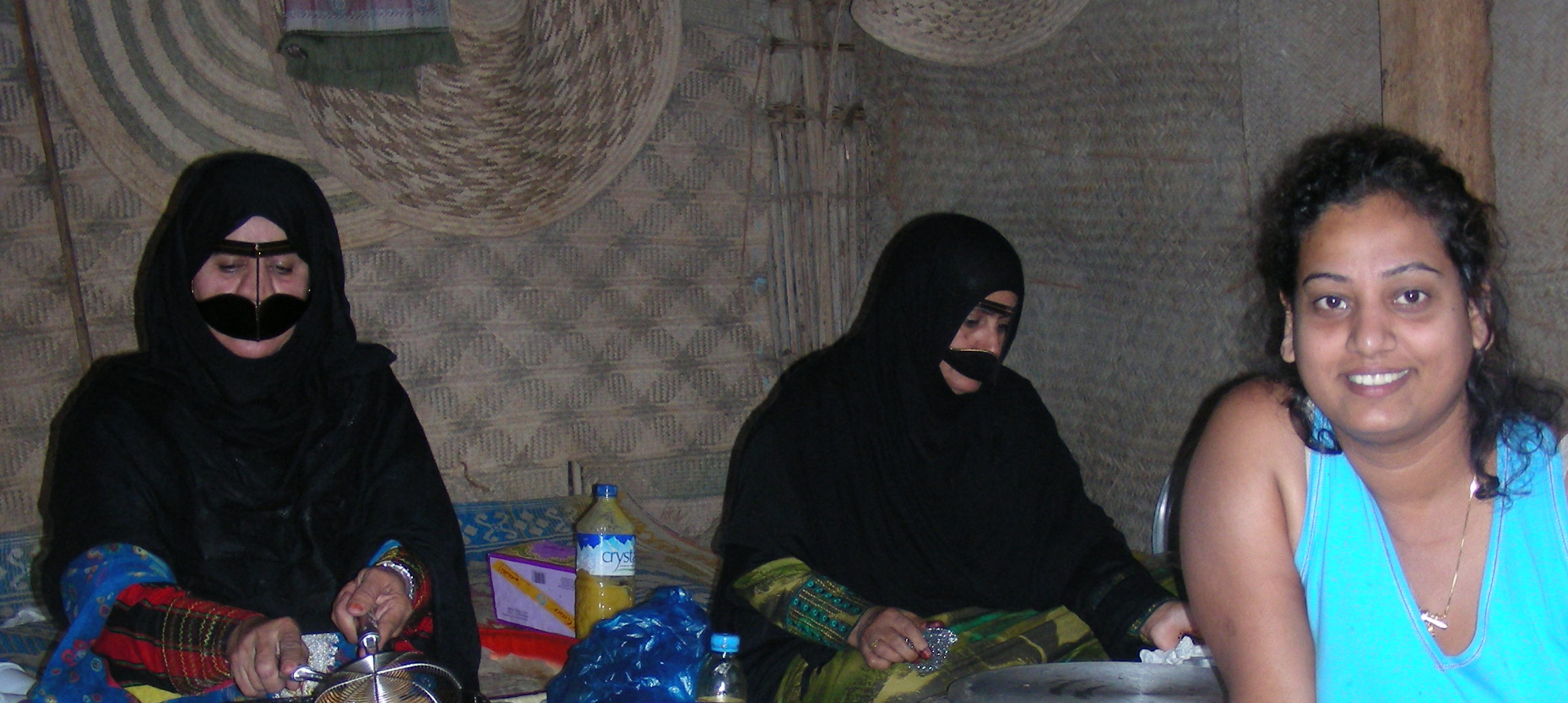At some point or the other, we end up traveling through countries that are not as modern as some others we have been and finding ourselves suddenly thrown into a different situation is not a pretty experience. Nor is it easy to adapt.
In fact, we may even have heard some horror stories – of women being harassed, assaulted, tourist scams that really puts a lot of pressure on us. But really, that shouldn’t of course be a deterrent to traveling – instead a little extra care (or caution) may work well for all concerned. Traveling in conservative countries can be great too!
Making the right choice
Choosing what to pack for conservative countries can sometimes be tricky, especially for female travelers. While some countries are much stricter with their cultural and social expectations, some others are not – but it is important to find what works and what doesn’t.
It is also important to know that how you dress in certain countries can influence what locals think of you, which in turn influences their behaviour towards you. I have learnt a few things the hard way (as most of you perhaps have) so now I ensure I carry atleast two long pants and loose-fitting, long-sleeved tops and a scarf.
In short, countries that have a large Muslim, Hindu and/or Buddhist influence are the countries that you’ll need to cover up in. It’s important to always respect local and religious traditions, and you should be aware of your behavior to ensure it doesn’t offend local customs — and that begins with dressing modestly.
It is considered a sign of respect to keep your knees and shoulders covered, and so I’d recommend making sure you have items in your suitcase to do just that. When visiting very conservative destination, you may need to go as far as to cover your arms (down to the hands), hair, and feet.
Headscarves may not be required everywhere in a conservative country, but from my experience I found that whenever I received unwanted attention as a tourist, all I had to do was cover my head and nobody would bother me. My rule of thumb is to always have something I could drape around my shoulders and cover my legs with – in case it’s necessary while I’m out exploring.
Pro tip: Wearing a ring (fake or otherwise) doesn’t always deter people or ensure respect but knowing how to behave, esp in the conservative Middle Eastern countries could work to your advantage.
Islamic Countries
TheUAE: A very modern country, with Dubai taking modern to a new level but it pays to remember that while it is modern, it is also strongly rooted in tradition. The residents maintain a strict guideline on manners, behaviour and dress code which the visitors are also expected to acknowledge while they are visiting the country. Rule of thumb – keep yourself covered, especially shoulders and knees. You could still get away with some of this in Dubai, but the neighbouring emirates of Sharjah (UAE is made up of 7 emirates that function independently) takes its dress code very seriously.
Avoid showing too much cleavage or wearing extremely short shorts – that being said, this is frowned upon in most countries anyway.
Egypt: Another example is Egypt, a very touristy and hence ‘open’ country in the tourist lingo. However there have been more stories of harassment in Egypt than in any other place. Women especially need to be careful with pimps disguising as touts (and they are everywhere) – and generally covering up when visiting marketplaces helps. Avoid talking to too many strangers who are most anxious to befriend you and invite you to dinner. It helps to keep your head and humour about you.
Myanmar: Ideally, avoid wearing shorts, short skirts or other skimpy or revealing outfits. In Myanmar, you are more than likely to visit a pagoda, or a monastery and dress code is strictly followed at these places of worship.
Never mind how open-minded or friendly locals may seem, they will not take kindly to revealing clothes.
It helps to know…
Not just Islamic countries expect you to wear appropriate clothes when entering religious sites, even Buddhist or Hindu religious sites have rules with regards to dressing when entering.
Rule of thumb – cover your shoulders and knees. Some religious sites require women to cover their heads (either by custom or law). When entering the Blue Mosque in Turkey, women are required to cover their heads. Ideally, try carrying a scarf with you, it always comes in handy.
In countries that require local women to cover their hair, you may receive more unwanted attention if you don’t.
Both men and women should cover shoulders, even if it’s hot and humid. Low-cut tops revealing your cleavage is not at all recommended. Instead of tank tops, opt for loose-fitting t-shirts or button-down shirts.
Showing your knees can be scandalous in some countries. Generally, if you can’t bare your shoulders, you shouldn’t wear anything that shows your knees. But the opposite isn’t always true. For example, in parts of Africa, you absolutely should not bare your knees but it’s generally ok to wear shoulder-baring tops. So, leave the short, knee-bearing skirts at home, as well as the shorts.
Sandals are a convenient choice when exploring sites that require visitors to remove their shoes, such as temples in Thailand and Burma. But beware, it’s considered rude in some countries to show the soles of your feet; in others, you should never point to or touch another person with your feet. The main message: remember to research your destination’s customs.
Research before you travel
I strongly recommend doing a little research on the country and its dressing requirements, weather etc before travelling. This will serve as a great resource and help you avoid uncomfortable situations, and you’ll also get to learn what is appropriate in their culture.
A no-brainer is that in warm/hot countries, long, loose fitting clothes always work (that way you also getting sun burnt and appear culturally appropriate)
There is a saying – when in doubt, dress appropriate anyway.







[…] with conservative cultures, it’s crucial to respect local customs and dress appropriately. Modest attire is often expected, as religious and social norms play a significant role in shaping acceptable […]